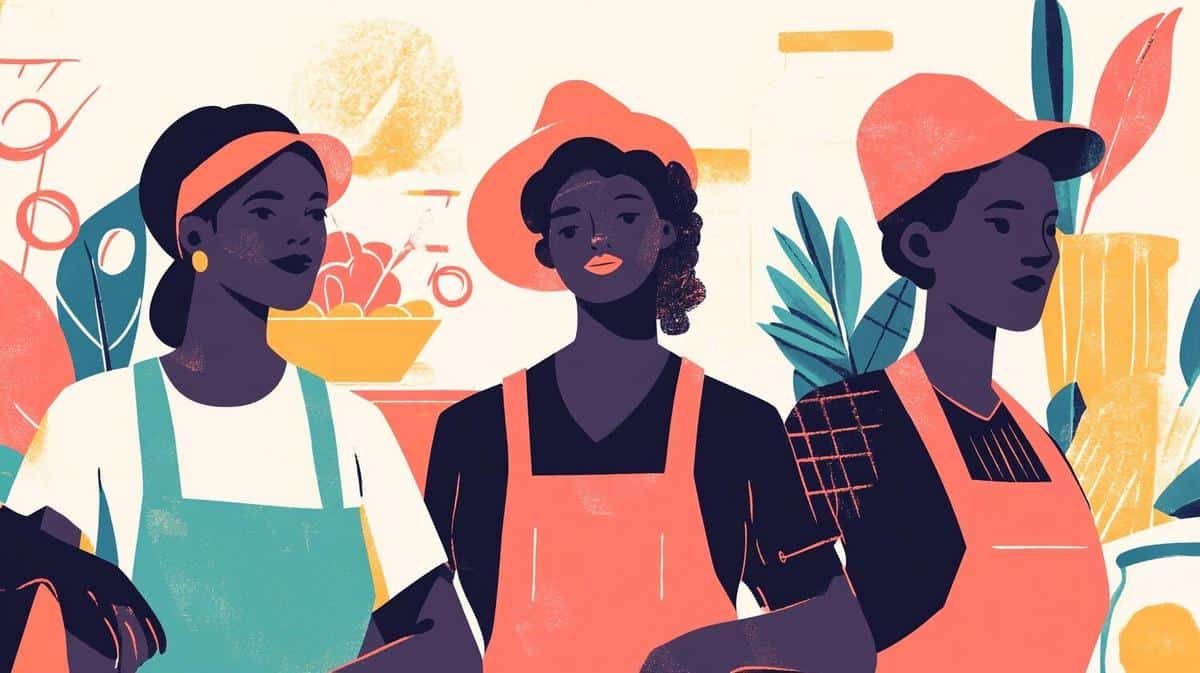
How to Perfect Your Home Coffee Brewing Techniques
Brewing the perfect cup of coffee at home is an art that many aspire to master, yet few truly perfect. The quest for that flawless brew can transform your kitchen into a haven of rich aromas and robust flavors, elevating your morning ritual into a moment of pure indulgence.
Welcome to the world of home coffee brewing, where precision and passion meet to create the ideal cup. With a blend of expert insights and tried-and-true techniques, this guide will help you enhance your coffee-making skills.
Understanding the Basics of Coffee Brewing
To begin, it’s crucial to understand the core elements that influence your coffee’s flavor: water quality, coffee bean selection, grind size, and brewing method. According to the Specialty Coffee Association, water constitutes over 98% of your coffee, making its quality pivotal. Opt for filtered water to avoid impurities affecting your brew.
Choosing the Right Coffee Beans
Opt for fresh, high-quality beans. Coffee connoisseur, James Hoffman, suggests experimenting with different origins and roast levels to find your perfect match. Freshness is key, so aim to use beans within two weeks of roasting for optimal flavor.
Grinding: The Fine Balance
Grinding your beans just before brewing is vital. A uniform grind size ensures even extraction. A burr grinder is recommended for consistency. Fine-tune the grind size based on your brewing method: coarser for French press and finer for espresso.
Exploring Brewing Methods
Each brewing method offers a unique flavor profile. Here’s a quick comparison:
| Method | Grind Size | Brewing Time | Flavor Profile |
|---|---|---|---|
| French Press | Coarse | 4 minutes | Bold, full-bodied |
| Espresso | Fine | 25-30 seconds | Rich, concentrated |
| Pour Over | Medium-fine | 3-4 minutes | Clean, nuanced |
| Aeropress | Medium | 1-2 minutes | Smooth, robust |
| Cold Brew | Coarse | 12-24 hours | Mellow, sweet |
| Moka Pot | Fine | 5 minutes | Strong, bittersweet |
Actionable Tips for a Better Brew
- Measure your coffee: Use a scale for precision, aiming for a coffee-to-water ratio of 1:15.
- Preheat your equipment: Ensure your brewing equipment is warm to maintain optimal extraction temperature.
- Control your water temperature: Aim for 195°F to 205°F to avoid over or under-extraction.
For a more balanced cup, stir your coffee halfway through the brewing process to ensure even extraction.
Learn from Experience
My journey with coffee began with simple drip machines, evolving into a love for pour-over. The tactile experience of manually crafting a cup has deepened my appreciation for coffee.
FAQs
What grind size should I use for a French press?
Use a coarse grind to prevent over-extraction and ensure a smooth texture.
How can I keep my coffee beans fresh?
Store them in an airtight container in a cool, dark place, away from moisture and heat.
Is a burr grinder necessary?
While not mandatory, a burr grinder provides a more consistent grind, enhancing the flavor.
Conclusion
Perfecting your home coffee brewing techniques is a rewarding journey of discovery and refinement. By understanding the fundamentals and exploring different methods, you can create a cup that suits your taste perfectly. So, grab your grinder, select your beans, and dive into the world of exquisite home-brewed coffee.


